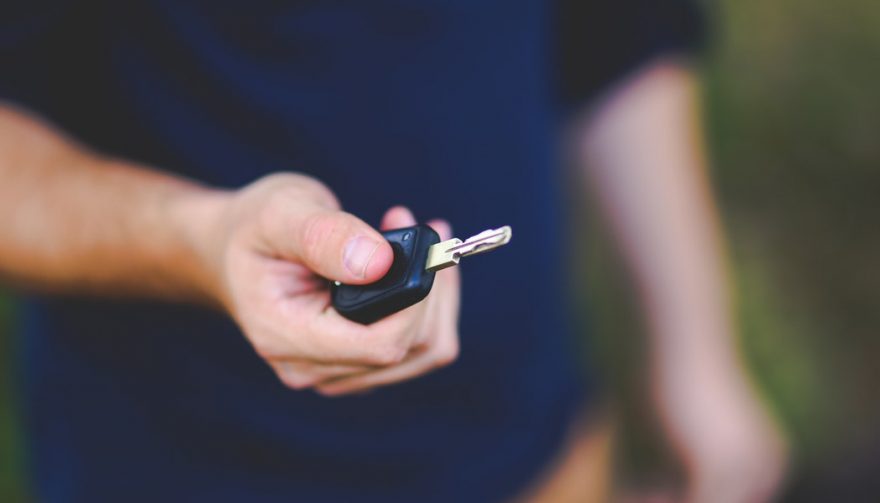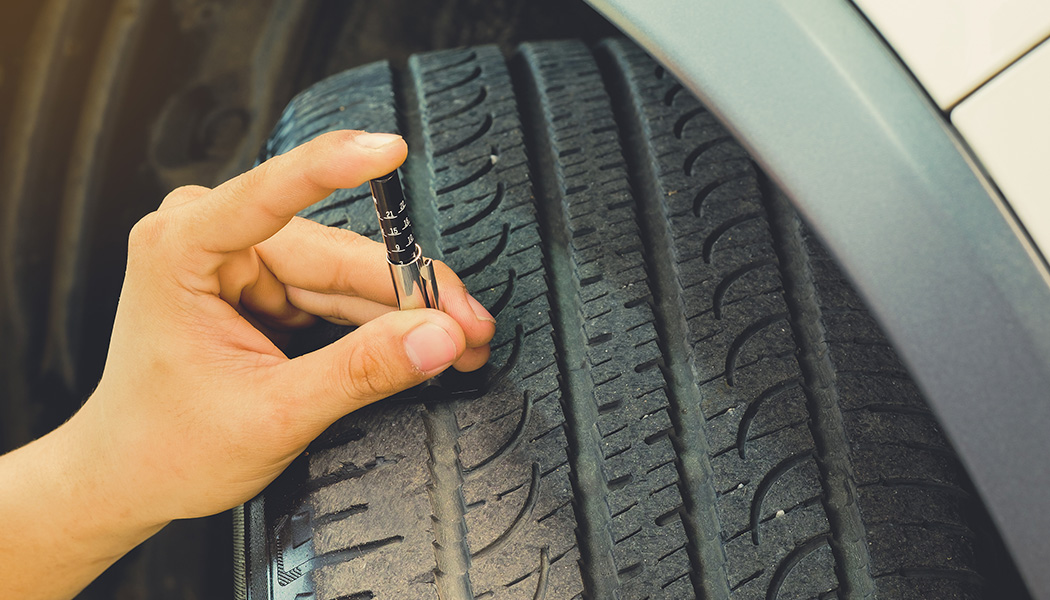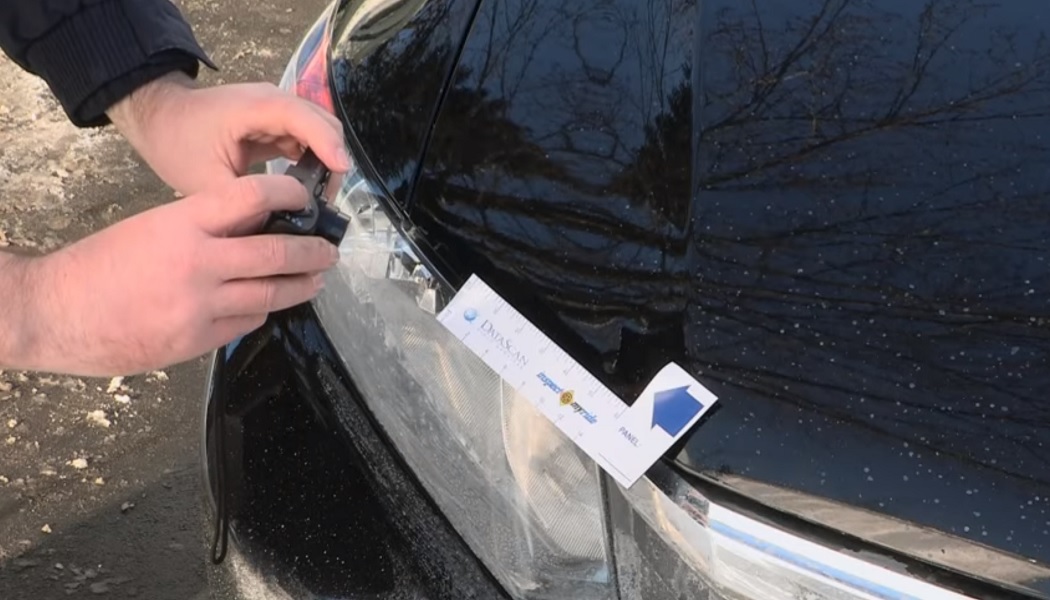
One of the greatest anxieties to leasing is not knowing what to expect when returning a leased car. We tell you what you need to know.
What To Do Before Returning A Leased Car
Sometimes leasing just makes more sense than buying a vehicle. But, one of the greatest anxieties of leasing is not knowing what to expect when returning a leased car.
Of course, you’re going to be fearing the worst. What if the dealer assesses all kinds of extra fees? After all, you drive cars on roads where rocks can flip up and cause damage, not to mention the weather and other conditions putting wear and tear on the vehicle. Instead of pulling up to the dealership for a lease return inspection and hoping for the best, this simple guide will help you anticipate what to expect. Removing some of the stress of a lease return will help you to think more clearly about what you need to do next.
Wear And Tear
One of the most troubling details is what constitutes excessive wear and tear on a vehicle when you’re returning a leased car. Each brand has its own standards for which items you could be charged to repair, so it’s always best to get that information directly well in advance. What follows are general guidelines, which most automakers adhere to.
Wash your car thoroughly and dry it, so you can examine the exterior with a clear view. Pay attention to the details, because they matter. Dings are normal, as long as there are three or fewer on each body panel. A single dent and up to two scratches per panel is also not excessive wear, depending on how long they are. Anything which can be buffed out usually isn’t considered excessive. As for the windows, any cracks which are under a half inch in diameter are usually deemed acceptable. Aftermarket tint is in a grey area, with some automakers charging for it to be removed and others not. If the tint is bubbling or peeling, removing it is the safe choice. Cracks in the headlights aren’t acceptable.
Any punctures or hail damage on body panels is always viewed as excessive. Dents or scratches which are over four inches long are also considered abnormal. If any damage on your car isn’t normal wear and tear, you’re likely better off having it fixed yourself instead of letting the dealership assess excessive repair fees when you’re returning a leased car.
Don’t forget the wheels and tires. The original wheels which were on the car when you picked it up from the dealership need to be back on. Scratches or gouges in the wheels should be under three inches long. Tires need to match the recommended size and speed rating listed in the owner’s manual. Tread depth should be at least 4/32 of an inch. No just throwing on an old bald set you found in the garage because you’re returning a leased car.
Clean It Inside Too
Clean the interior thoroughly for that part of your inspection. Again, pay close attention to the details. Inspectors will typically charge extra for stains in the carpet, floor mats, and upholstery which don’t easily come out, or that are larger than about two inches. It’s in your best interest to use a cleaner and remove stains or hire a detailer to do it. It will probably be cheaper for you to have it done before returning a leased can than letting the dealer do it. Burns, water damage, and cracks/scratches in leather are also finable offenses, so have those repaired.
Look for any holes or tears in the upholstery. Holes larger than 1/8 of an inch need to be repaired or you could be charged. The same thing goes for tears over half an inch in length.
Of course, mechanical problems will always be considered excessive wear and tear, so it’s in your best interest to have those fixed in advance. Don’t turn in the car with any warning lights illuminated on the dash, including the infamous check engine light. Hopefully your car will still be under warranty to have those issues resolved.
Modifications
Anything you put on the car that wasn’t there when you signed the lease agreement is considered aftermarket. That sometimes includes dealer-installed features, so it’s best to double-check on that in advance when you’re returning a leased car.
You must remove all aftermarket equipment before turning the vehicle back in at the end of the lease, or you likely will be charged for its removal. Besides, you might be able to use these items on your next car, or at the very least sell them online to recoup some of the original cost.
Planning Ahead
Yes, there is some room for interpretation on what constitutes excessive wear and what doesn’t. If you still feel concerned, try scheduling a pre-inspection appointment with your dealer or a third party shop. They’ll use the same checklist and gauge whether certain items need to be fixed. Many automakers will supply an inspection tool. You might have received one in your original lease packet, or you can ask at your local dealer if they have one. This circular or rectangular template has guidelines and measurements for body damage, tire condition, and more. It’s something you can use throughout your lease, so you’re not making numerous repairs at the very end.
Usually, it’s a good idea to do this pre-inspection a few weeks before the end of your lease. Do it too soon before, and the condition of your vehicle could change too much for the pre-inspection to be useful. Do it too late and you won’t have time to get the issues fixed before returning a leased car.
Repairs
Dealers will always push for you to have your car repaired at their service center. You can’t really blame them, since this is one of the main ways they make money. Just remember that many dealers are rather pricey for routine repairs, although that’s not always the case. If you decide to shop prices or take your car to a third party repair shop, beware. That shop needs to use genuine original manufacturer equipment, or you’ll be charged by the dealer for parts installation. Their repairs also must meet the automaker’s standards, including bodywork and upholstery fixes.
Wherever you have repairs done, always keep the receipts. You’ll need to turn those in when you return the car, proving you fixed certain items.
Other Considerations
One of the big things to consider at the end of your lease is if you went over the allotted mileage. That can cost you per mile. There are ways to avoid it. Some automakers will let you purchase a block of miles, though that’s usually only at the start of the lease. They may waive some of the extra charges, though, if you’re planning on purchasing another car from them. You also should have adhered to the required servicing schedule and have receipts/stamps to prove it. If you didn’t follow these guidelines, you could be facing some steep fees when you’re returning a leased car. So be prepared.







